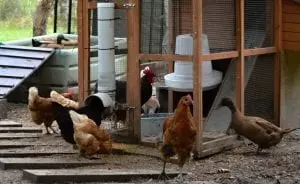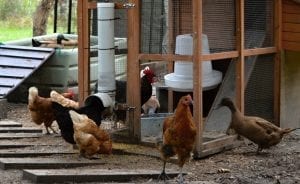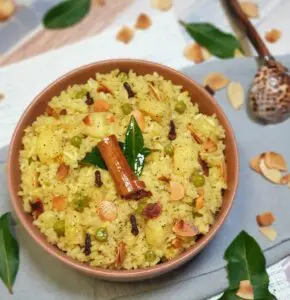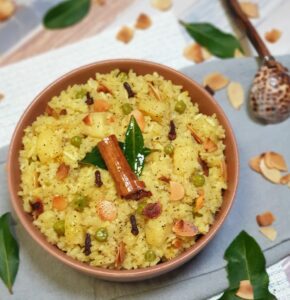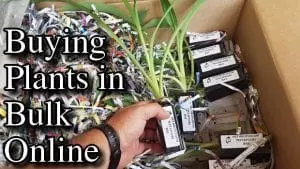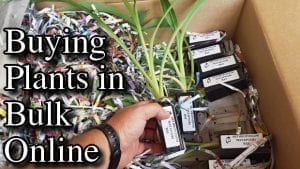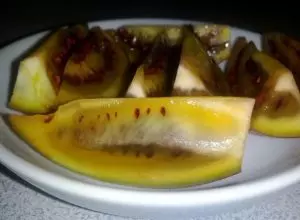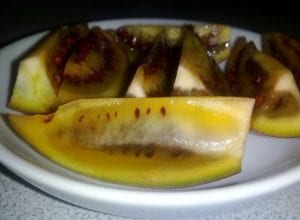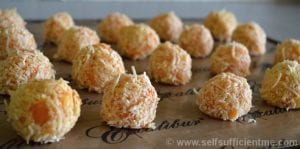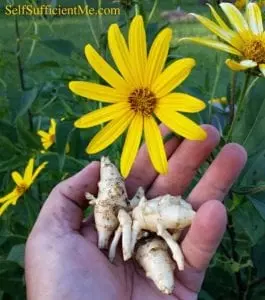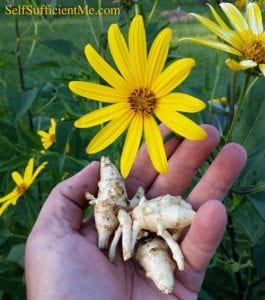Mint is one of the best-known and loved herbs. It’s attractive in the garden & versatile in the kitchen, with lots of different varieties to grow and try. You can add it to all sorts of salads, meals and drinks, and even freeze it in ice cubes. But if you don’t know how to grow mint, never fear! Here are my 5 top tips on how to grow a ton of mint in your backyard. If you’d like a visual demonstration as well, click on the youtube link at the bottom of this article.
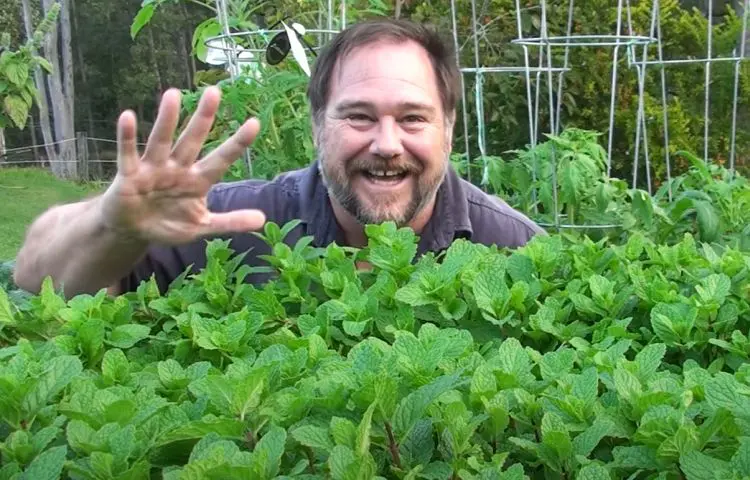
Location & Contain
Mint can spread like wildfire and is hard to remove, so it’s important to choose the right location for it. Mint grows and multiplies via horizontal runners, each of which has nodes that will grow roots. I once made the mistake of planting out mint in a general garden bed, and I spent the following 12 months trying to control it. It kept popping up all over the place and I was spending hours trying to control it! This is why it’s important to plant mint in isolation. Whether you choose a raised bed, a large container or pot or perhaps a rockery, remember that mint can quickly take over and it will smother out other plants.
This is a versatile herb that will grow in full sun or part shade, depending on your climate. Hot climate dwellers might find part shade best for mint. I live in the subtropics, and I find that mint dies back a bit in summer, but survives in part shade as long as I keep the water up to it. If you’re in a really cold climate mint will need full sun through summer and can stop growing during winter.

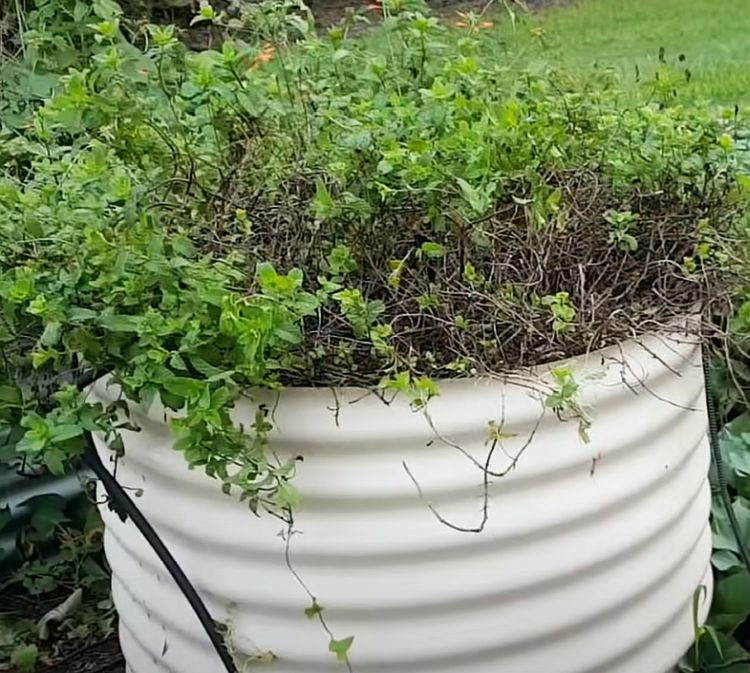
Pruning
Pruning mint encourages new growth that is tender rather than woody. It’s much better to consume succulent, plump leaves & stems rather than the tough, stringy growth that results from letting mint grow wild. As you pick & eat your mint you’ll find that you’re pruning it naturally. But if not, remember to give it a clip around the edges -a haircut, if you will- and it’ll love you for it.
When your mint goes dormant, prune it heavily. Mint will go dormant during winter in a cold climate, and during summer in a hot climate. Whichever season dormancy is for you, this is when you need to prune your mint. I give it a really hard prune, right back to the roots. Don’t be scared to cut it very low and get rid of all the woody growth- it will come back soft and lush when the conditions are right.

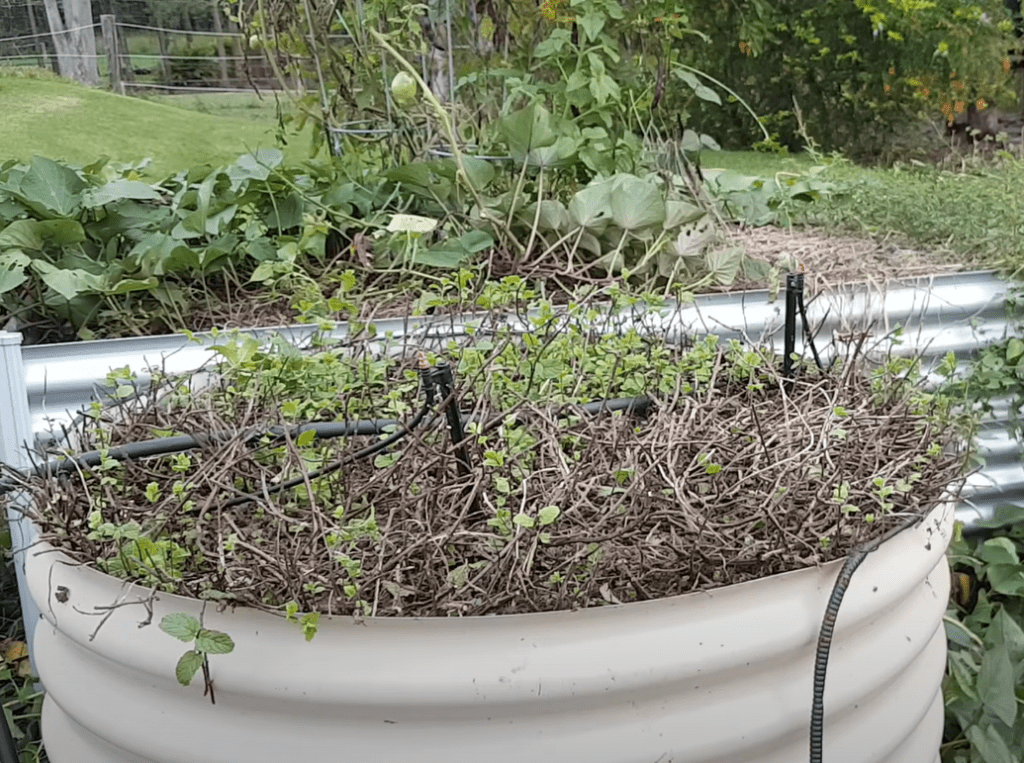
Fertilising
Mint is a hardy herb and doesn’t need a lot of fertiliser. Unless you have a problem with soil or drainage, one dose of fertiliser per season should be adequate. A standard, balanced, store-bought fertiliser is fine, or you can use manure generated from your own property. If you keep animals like horses or chickens, their manure is a great fertiliser- just make sure it is aged or composted down. As a general rule, if manure is used fresh, it can burn and kill plants.
I reckon it is best to fertilise towards the end of the dormant phase, or just as the mint is beginning to re-shoot. Be sure to sprinkle your fertiliser around the base of the mint and not on the leaves. Over-fertilising can lead to stringy and leggy growth, so don’t over-do it. Water the fertiliser in well, so that it has soaked right in and none remains on the leaves.

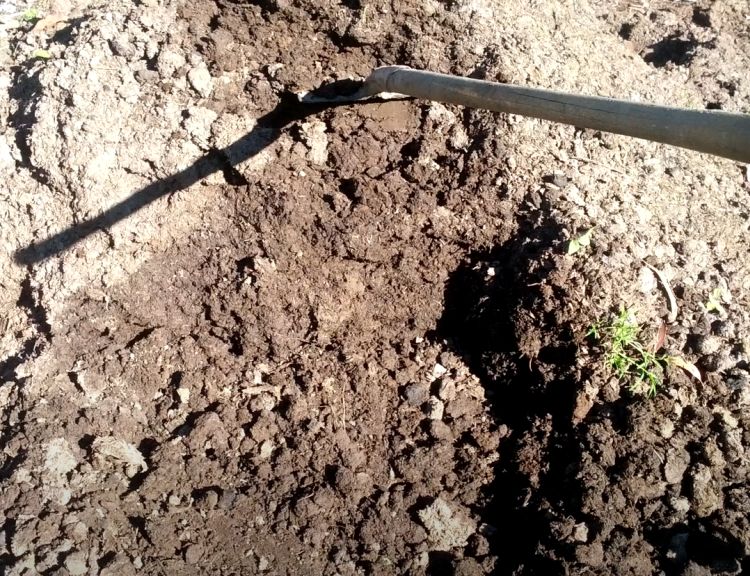
Watering
Mint requires regular watering, and will thrive under a dripping tap. Make sure you water it at least twice a week, and more often if it’s in a pot or is planted in loose soil.
If you’re unsure whether your mint is getting enough water, do the ‘finger test’. Stick your finger into the soil up to the second knuckle, pull it out & see how it feels. If it’s damp or wet then you won’t need to water. If it’s dry, water your mint right away.

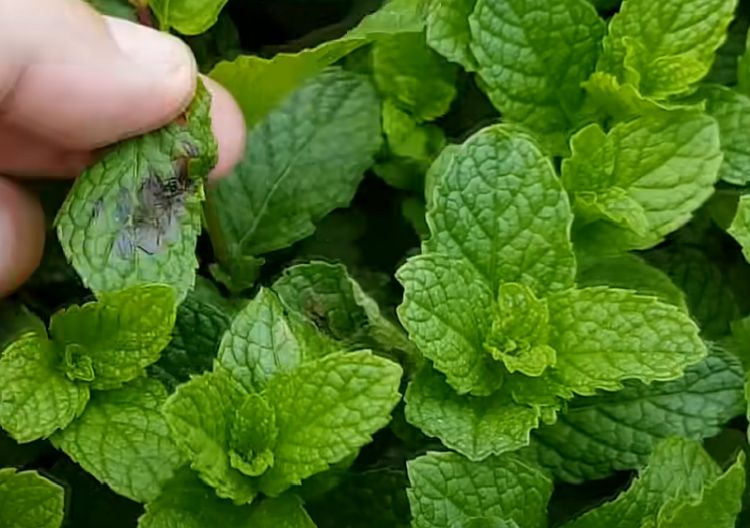
Pests & Disease
Mint doesn’t suffer much in the way of pests and diseases, and whatever you do get should be easy to control. Caterpillars and grasshoppers can be picked off by hand, as can diseased leaves.
Don’t spray your mint with pesticides or any other chemicals– it’s really not required. Mint is a salad crop which you can eat regularly, so you don’t want to be ingesting any nasty chemicals when you eat it. Regular picking of your plant will ensure that your mint gets continual attention, so it’ll be easy to keep an eye on it.

